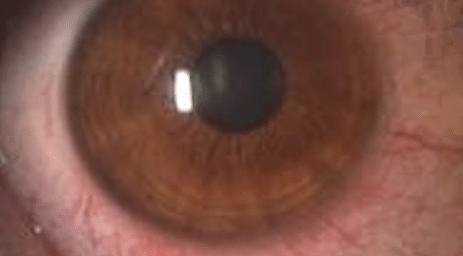The importance of avoiding vision problems caused by type 2 Diabetes cannot be underestimated. Diabetes can be considered the basic cause of blindness issues encountered in adults of the United States. Probably the most encountered type of diabetes is type 2 diabetes. In the United States, this condition is considered and proved to be responsible for about seven percent of the total legal blindness; through this, it is indeed considered to be a leading cause of some new cases of blindness that is to be encountered in adults who range from twenty-two years old to seventy years old.
Even though the problems that concern the visual perception are a pretty difficult concern for people having type 2 diabetes, the majority of the people who have this condition only have to deal with pretty minor eye sight issues. Probably the only solution to prevent that visual senses develop a certain condition derived from type 2 diabetes is to prevent them at an early stage.
These eye problems represent some complications for a long term when it comes to people with type 2 diabetes. The high level of glucose and the high level of blood pressure could cause quite common problems concerning vision; these are glaucoma, diabetic retinopathy, and cataract – this is indeed probably the most commonly encountered issue found in people with type 2 diabetes.
Glaucoma is a very common eye condition in people who have type 2 diabetes. This type of condition can be developed by anyone; moreover, if there has been a person in your family diagnosed with glaucoma, there is even a higher possibility that you will get this condition if you have type 2 diabetes. Even if you do not have this condition, you might as well get glaucoma. It is true, however, that diabetics have higher “chances” of getting this eye issue.
The condition called diabetic retinopathy is probably the main thing that causes blindness in adults. If you did not know this, the retina has some tin blood vessels which are very easily damaged by the high level of sugar in the blood or b the high blood pressure. This condition might pertain to certain retinal vessels of blood which swell and leak some type of fluid; or, they might have some abnormal new vessels of blood which grow on the space of the retina.
There is quite a serious complication that Diabetic retinopathy might help to arise and this is detached retina. The condition that has been mentioned does not imply that you should wait for the problem to be solved. You should go and ask for urgent medical attention.
The third type of eye issues is represented by cataracts. These are said to be the most common and they appear in the primary stages of diabetes. It also appears in people who smoke or work in “smoky” environments or spend a lot of time in places which are full of smoke.
The problems that the eye can develop are very common in people who get to be diagnosed with type 2 diabetes. Most of these problems have no chance of being prevented, but only partially or totally cured. This is why people who take care of monitoring their condition risk less in getting eyes issues as well then than people who do not take care of controlling their illness. A person who suffers from diabetes and who monitors his or her level of glucose is not said to be prevented from developing diabetic retinopathy. You should prevent total blindness by taking care of our health and having retinal exams earlier.
Here are some pieces of advice for people who have type 2 diabetes:
* Try to keep the level of sugar in your blood under control.
* Try to keep the level of pressure of your blood under control.
* Try to quit smoking or not to take this habit.
* Try to monitor yourself and your eye-sight so that you will be able to report any changes concerning your vision; blurred vision gets into this category as well.
* Try to schedule eye exams at least once in a year or at least how often your doctor will recommend you to do this.
* In the case in which you are about to give birth, arrange your vision to be examined while still in the first three months of pregnancy.
In any case, whether you suspect having this condition or being a “prospective client” of diabetes, or not, you should schedule a yearly exam so that you would be able to check any signs of glaucoma, Diabetic retinopathy or cataracts. You do not have to wait for your vision to have problems until you go and see an eye doctor.
